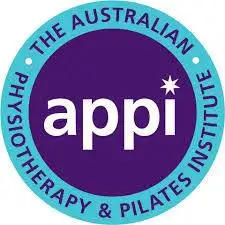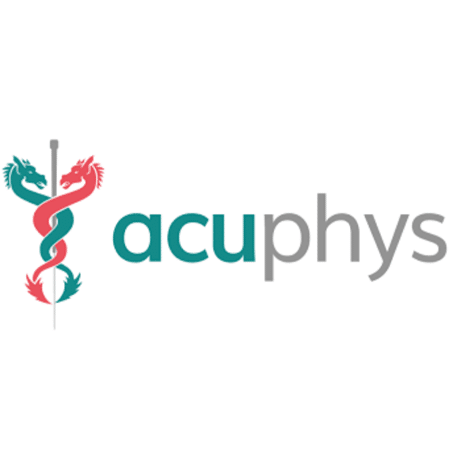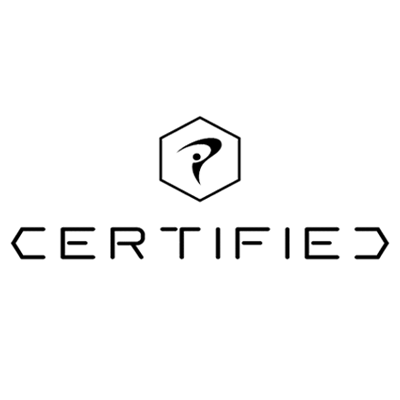At JL PhysioFit neck pain is one of the most common complaints we help our clients to manage and overcome. It affects people of all ages and lifestyles and can have a major impact on their quality of life.
Many people believe that poor posture is the sole cause of neck pain. However, this perception is often oversimplified, and there are several myths surrounding the relationship between posture and neck pain.
In this blog post, we will explore these myths and then shed some light on the true causes of neck pain and what can be done.
Myth 1: Poor posture is the primary cause of neck pain…
Contrary to popular belief, poor posture is not always the direct cause of neck pain. In fact, it is very hard to determine what ‘good posture’ actually is.
The issue comes in those who maintain the same position or posture for hours on end.
Think about sitting at a desk all day. Most people fall into what’s called a ‘Forward Head Posture’ (FHP).
In a recent study in 2019 (link below), the authors looked into the relationship between FHP and neck pain. They found that adults with neck pain show increased FHP, compared to adults without neck pain. This link was shown more in adults and older adults and less so in adolescents.
As we know, technology has forced more and more of us behind a desk or phone for long periods, and although hugely beneficial for other reasons, it seems to be detrimental to our neck health.
To mitigate these effects I would recommend adding regular changes of position throughout the day so your body can reset and offload pressure from muscles and joints. Think of these as ‘movement snacks’ that can reduce neck and upper back pain.
Whilst avoiding static postures for long periods is important for overall spinal health, it is just one of many contributing factors to neck pain.
Other factors include muscle strain, direct injury, underlying medical conditions, stress, nerve irritation and lifestyle habits.
Myth 2: Sitting up straight is the solution:
Another commonly held belief is that sitting up straight is the ultimate solution for preventing and alleviating neck pain. This isn’t true and the same example applies as before.
Sitting bolt upright all day puts pressure on certain areas that over time can become sensitive and painful.
Again, the key to alleviating strain on your neck is to mix your positioning up throughout the day as opposed to holding one specific so-called ‘good posture’.
The same applies to when you are on your phone. Try to limit the amount of time you spend on your phone and when making calls, use a headset or earphones so you can move comfortably.
Myth 3: Posture-related exercises are the cure-all:
Various exercises and techniques are often promoted as the key to alleviating neck pain caused by prolonged postures.
Don’t get me wrong I am a staunch advocate of exercise for neck pain as it can help to strengthen the muscles that support the neck and joints, but it should be used alongside other strategies.
Neck pain requires a comprehensive approach that involves addressing lifestyle factors, ergonomics, stress management, and other potential underlying causes.
Myth 4: Corrective pillows and supports eliminate neck pain:
“What pillow should I be using??”
This is the number one question I get from patients with neck pain in clinic. The answer is… whatever feels most comfortable.
I know, not that helpful right?
There is a wide range of ergonomic pillows and neck supports available in the market, promising to alleviate neck pain by correcting posture during sleep or daily activities.
While these products can offer temporary relief and support, they again should be considered as part of a holistic approach that includes addressing lifestyle factors, ergonomics, and muscle imbalances.
The Truth About Neck Pain in Summary:
- Muscular imbalances: Neck pain is often caused by muscle imbalances, such as weak or tight muscles, which can be the result of prolonged postures, repetitive movements, or even stress. Strengthening weak muscles and stretching tight ones can help alleviate neck pain.
- Ergonomics and repetitive movements: Prolonged sitting, improper ergonomics, and repetitive movements can strain neck muscles and lead to pain. Regular changes in position, taking frequent breaks, and engaging in regular stretching and strengthening exercises can help reduce the risk of neck pain.
- Stress and tension: Emotional stress and tension can manifest physically, causing muscle tension in the neck and shoulders. Managing stress through relaxation techniques, breath work, exercise, and self-care practices can contribute to relieving neck pain.
- Underlying medical conditions: Neck pain can be a symptom of underlying medical conditions such as herniated discs, osteoarthritis, spinal stenosis or more sinister pathology. It is important to consult a physiotherapist for an accurate diagnosis and appropriate treatment plan.
Need some help with your Neck Pain?
If you would like help with your neck pain and a specific treatment plan to get you better quickly then we can help.
It starts by booking a ‘Physiotherapy Assessment’ on a day and time that suits you.
Either call the clinic on 0191 814 9717, or click this link to use our easy online booking system:
https://jl-physiofit-ltd.uk2.cliniko.com/bookings#service
Don’t forget to leave us a summary of your pain and problem so we are better prepared to help.
Thank you for reading, I hope you found it useful.
James,
Director and Senior Physiotherapist
Ps: Follow us on social media for handy tips and exercises to alleviate pain.
Instagram: https://www.instagram.com/jlphysiofit/
Facebook: https://www.facebook.com/jlphysiofit/
Link to 2019 study: https://www.ncbi.nlm.nih.gov/pmc/articles/PMC6942109/





